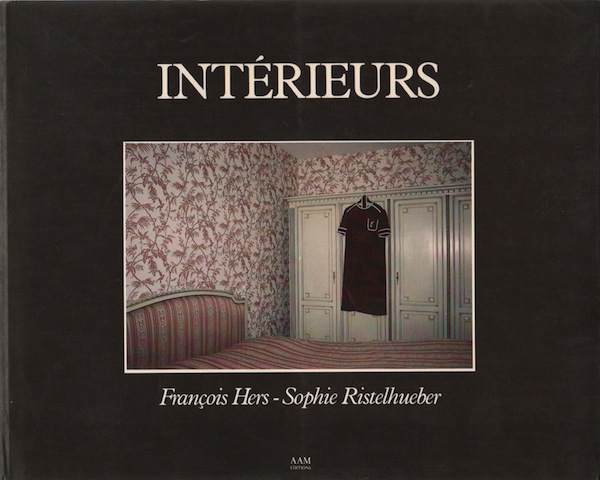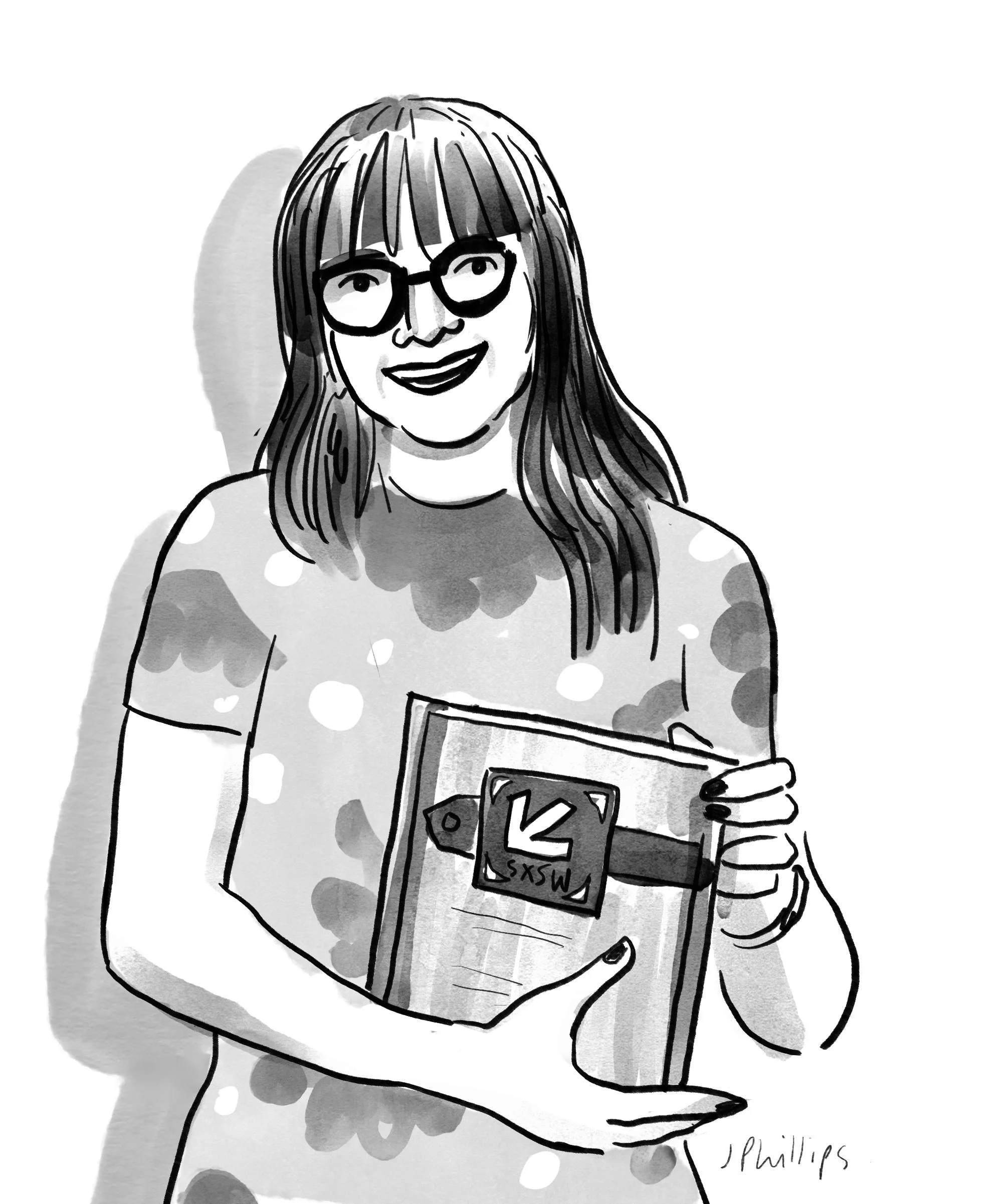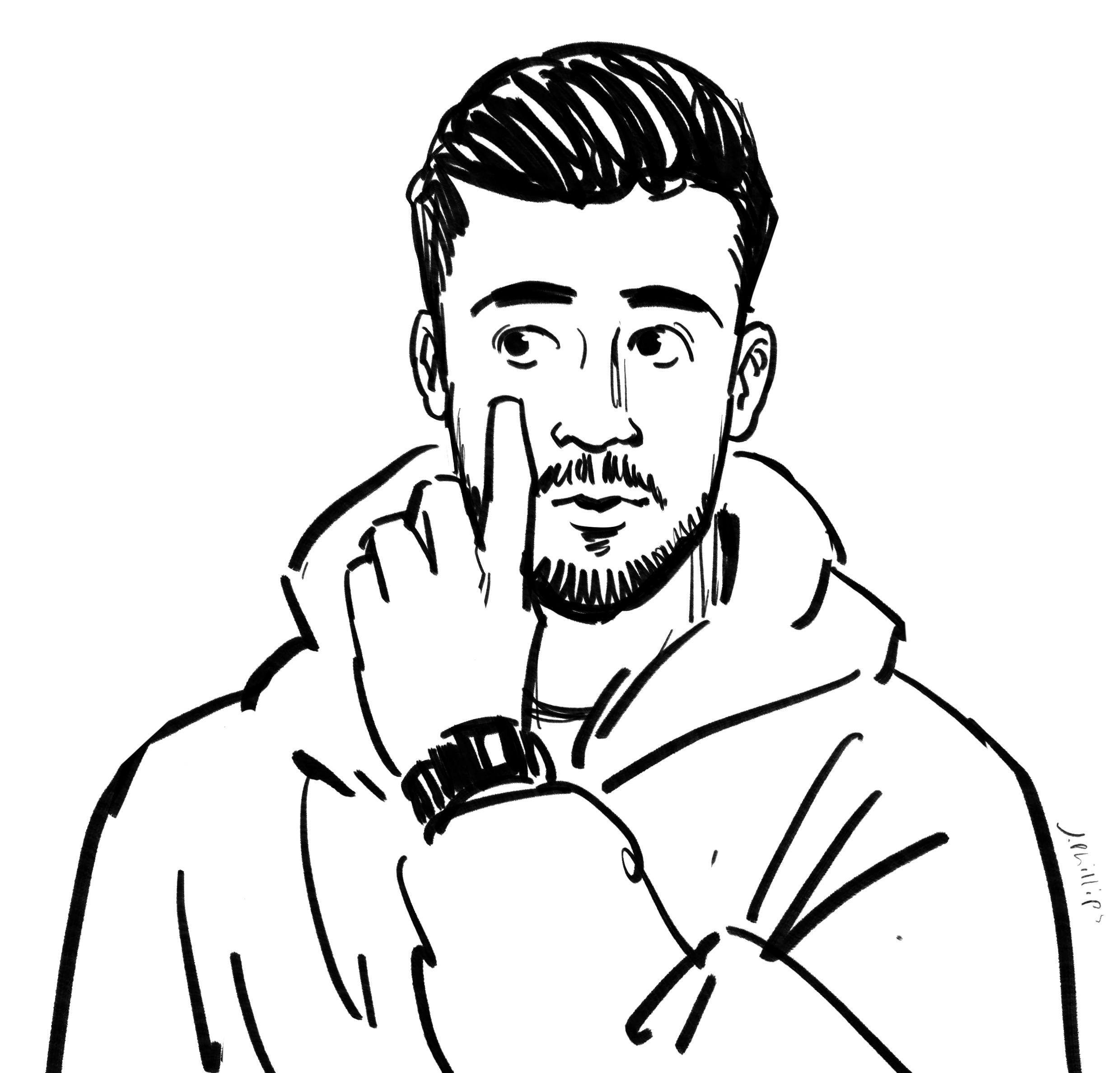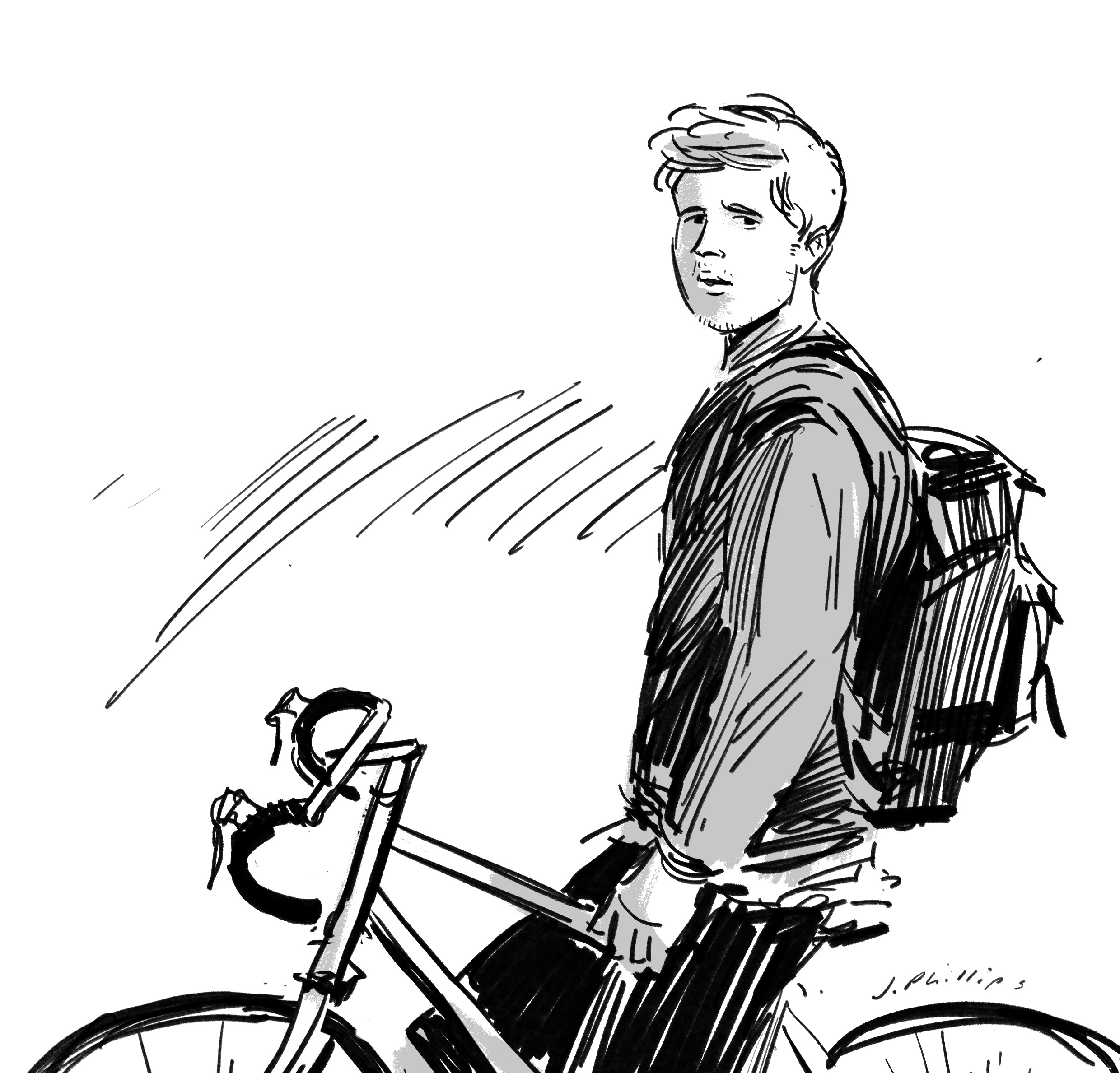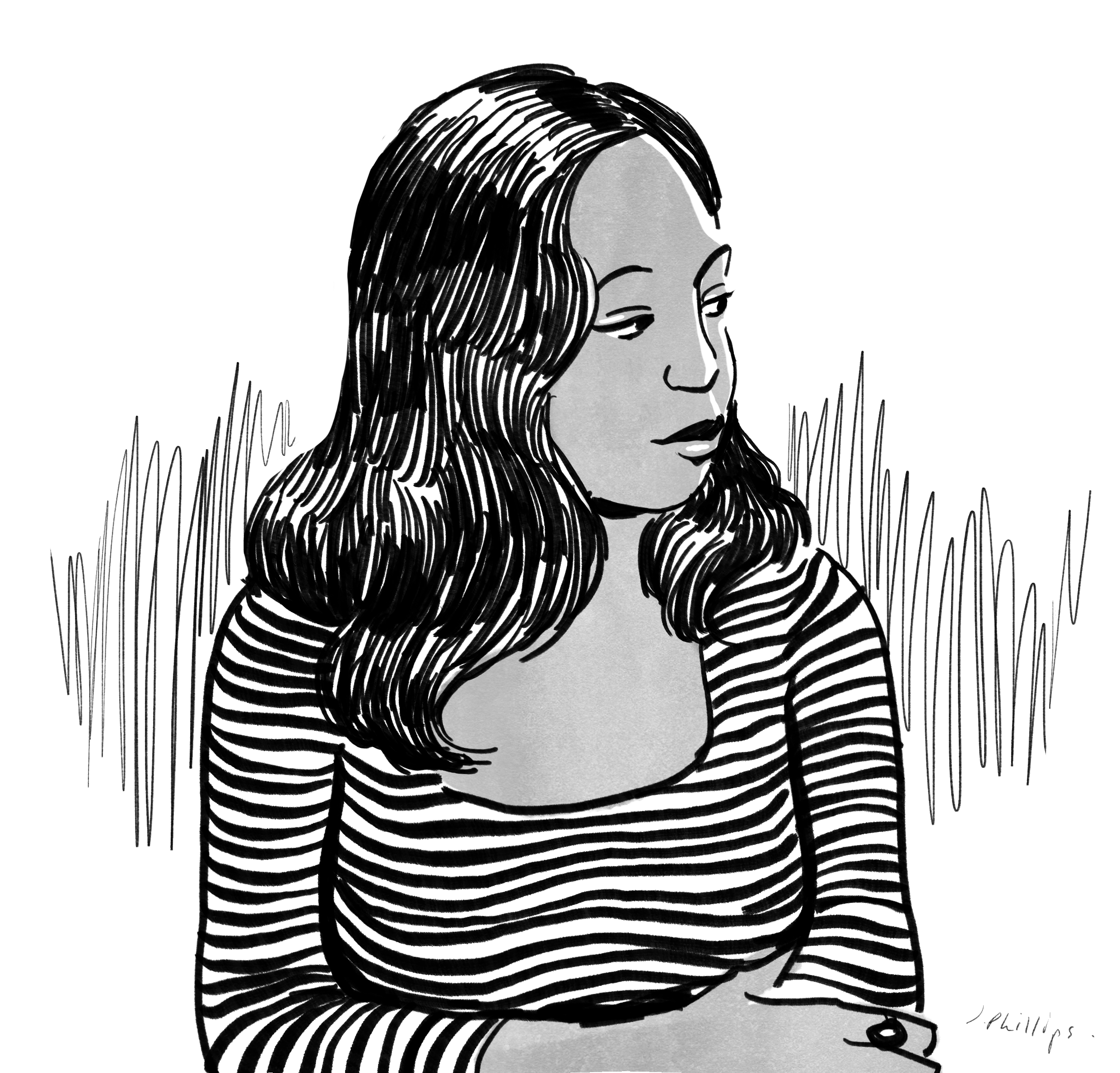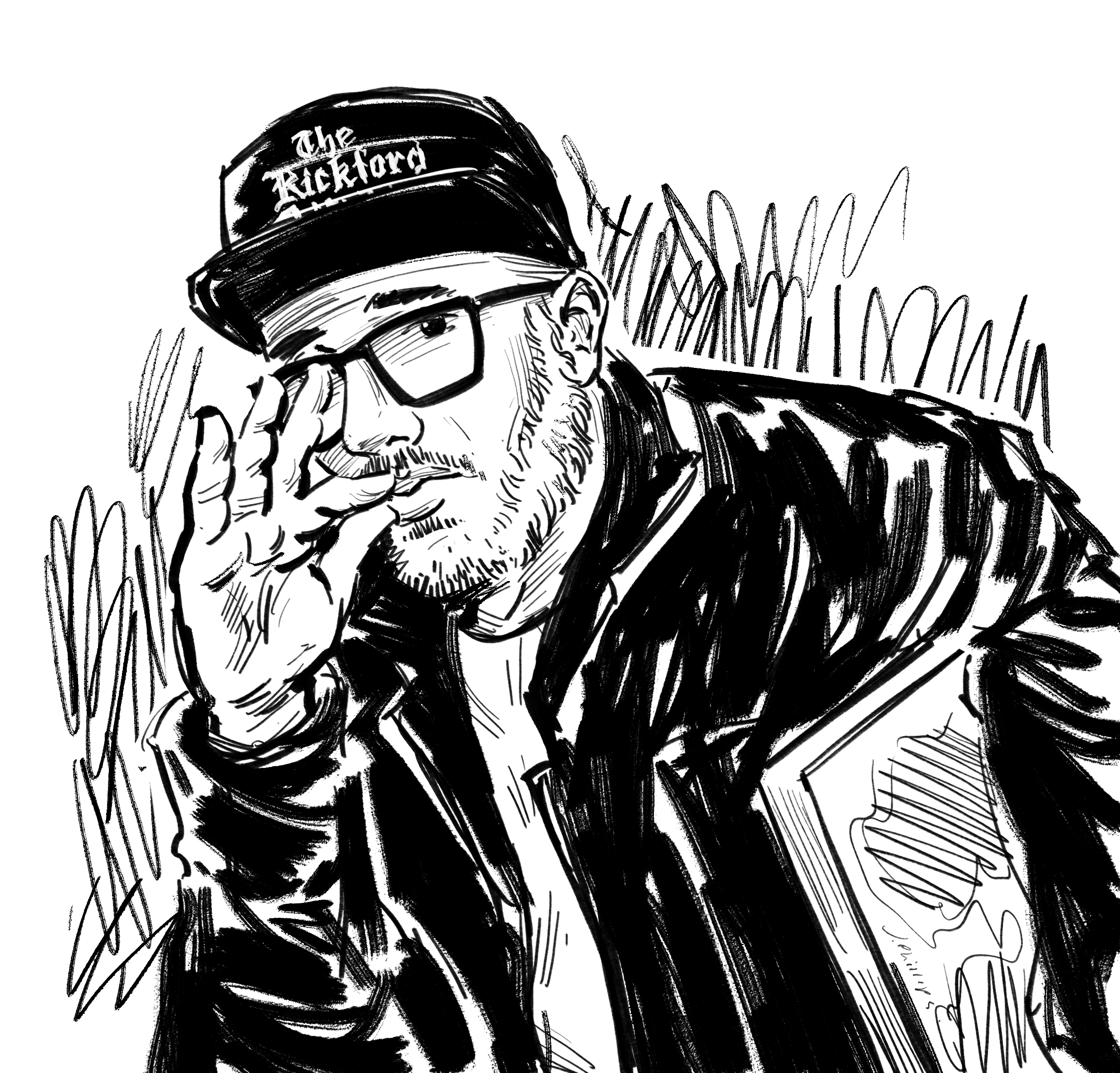Eva Barois De Caevel, Curator
Eva Barois De Caevel is an independent curator at RAW Material Company, an art critic, and founding member of the curatorial collective, Cartel de Kunst.
Her passion and eye is drawn towards moving images, experimental cinema, and the history of production structures. She was awarded the ICI Independent Curatorial Award in 2014.
Eva shares four photo books that inspire her work, what it means to be a curator, and the future of curation.
La Vie en Rose,
by Malick Sidibé
“As a kid, it was one of my first encounter with photographs showing African people that were not starving or illustrating advertisements about AIDS. It may seem exaggerated, but growing up in a small town in France, it was just my reality. These photographs filled me with joy, pride, and excitement: a world was to discover. Years after, the feeling of joy, when looking at these pages, is still there. And the title says everything: "La vie en rose"!”
Los Alamos,
by William Eggleston
“‘I had this notion of what I called a democratic way of looking around, that nothing was more or less important,’ William Eggleston once said. I loved these photographs so much as a teenager: it was bright, sunny, casual, and cool. Today, it reminds me of my high school years, and the time I decided to study art history.”
Intérieurs,
by François Hers and Sophie Ristelhueber
“This was her first book. She was originally commissioned to write the text for the book by her future husband and Viva member Francois Hers, but instead she contributed with photographs. Originally commissioned to document social housing in Wallonia, Hers chose to focus on the interiors, and how they were personalized by their inhabitants.”
What Remains to be Seen,
by Howardena Pindell
“It is more an exhibition catalogue, a monograph, than a photography book. But this retrospective volume celebrating five decades of Howardena Pindell's art includes works on paper, collage, photography, film, and video. Pindell is simply a wonderful artist and her work with, and on, photography is simply great.”
Eva, can you take us through the curatorial process? Where do you start? What part of the process is most difficult or fulfilling?
Starting point is not always the same: it can be a context (you are invited to curate a photo festival), it can be a series of artworks by an artist (an art center invites you to organize a monographic exhibition of recent pieces by an artist you would love to work with), it can be a theme I wish to work on (I propose to an institution a group show according to a theme I would like to explore). I love these different situations.
But that is also why I often find the beginnings difficult: it is a period of doubts during which I am asking myself if the context is something I understand well; if I will be a good interlocutor for the artist; if the theme is one of real interest.
When these doubts are behind, this starts the best part! You just have to make it happen and there is no more time for rumination. I love working on new productions with living artists because discovering the artworks, after a month of discussions, is always a wonderful moment, but that also happen with dead artists, when you are re-discovering their artworks, or see it, not anymore in pictures, but for the first time!
I would say that the end of the process — that is often, symbolically, the opening of the exhibition — is also a difficult time because it is stressful. You feel that your baby is leaving home! It is also often very intense emotionally.
I often feel that I suddenly understand some secret meaning of an artwork that was haunting me. I am always committed to staying in the exhibitions after the opening— I mean to be physically present in the exhibition rooms, to do tours, or events. It can also be one of the most thrilling parts, when the artist(s) is/are satisfied with the show and you have some time and room to invent new formats of sharing the content of the exhibition with the audience.
When did you discover your love for curation? Can you describe the first project you've ever curated, whether publicly or personally?
My parents were artists and I visited thousands of exhibitions with them. As a kid, I always told them, I will never be an artist. But I became a curator!
It was very clear, early in my life, that I wanted to do something related to the arts, and that I wanted to write about art. At some point, it became curating. I curated a lot of shows in my bedroom as a kid, then as a teenager, but the first show I publicly curated was during my University years.
It was with my collective, Cartel de Kunst, and it was entitled Temps étrangers. The show was about the notion of working time. It was at Main d’Œuvre, an art center in Saint-Ouen, in the Parisian suburb.
I think it was one of the best shows I ever curated because every decision was taken collectively, and also because we were all so excited, and committed, and careful to every detail.
It was as if we were curating the last show of our life!
Everyone feels inundated with the endless content and noise happening in the world. In your view, what's the role of a curator in the future? How can curators and artists work together better?
I am often depressed by that inundation and telling myself that I should stop to add more stuff myself, but then I am passionate about work, or a new idea, or I need to do some stuff to earn some money!
You cannot prevent people from producing forms they love or doing work because they need to make a living. I am more critical of how you do it. The fact, for instance, that contemporary art needs to be accompanied by tons of meaningless speeches that nobody reads, I can’t get it. I wish people to be more true to themselves, to the works, and the artists—to produce what they really love or are genuinely interested in, more seriously, but I know how difficult it is.
The curators are the products of a society and an era that promotes, before all, the need for professionals to mediate our relation to things—one should remember that.
I don’t really know how curators and artists can work better together. I personally love and enjoy the relations that I have with the artists I am working with, and I think it is reciprocal. I love the existence of work relations in which you are somehow prevented from some kind of shallowness, even if it can still be an issue when you are working for big structures or events for instance.
When you look at a photograph or a series of photos, what goes on in your mind? What elements do you look for? What resonates with you?
I would say that looking at a photograph is always about navigating between the familiar, the recognizable, the mundane — because you know that, first, there was some reality and something else when something special is happening between these two poles.
I am caught by the photograph. It is very simple, but that is what I love with photography: the constant renewal of this very simple deal.
What's something in your industry that deserves more attention?
I am amazed by how hyper-mobility has become something imposed on most of us. I know a lot of people (freelance curators, gallery managers, institution curators) who are constantly traveling for some unsaid/unthought career reasons. They have to. They are exhausted and depressed, and it is a huge taboo in the art world.
When you have family and kids, it also becomes such an issue. I do not understand why it so complicated today to have local people doing great things in local places with local artists. We need to encourage young artists to do this.
Of course, the world is wide and beautiful, and we need to open our stories and histories, but they are many ways to do it. We also really need less agitation, and not only for ecological reasons, which is the only angle from which this hypermobility question is addressed today in the art world.





